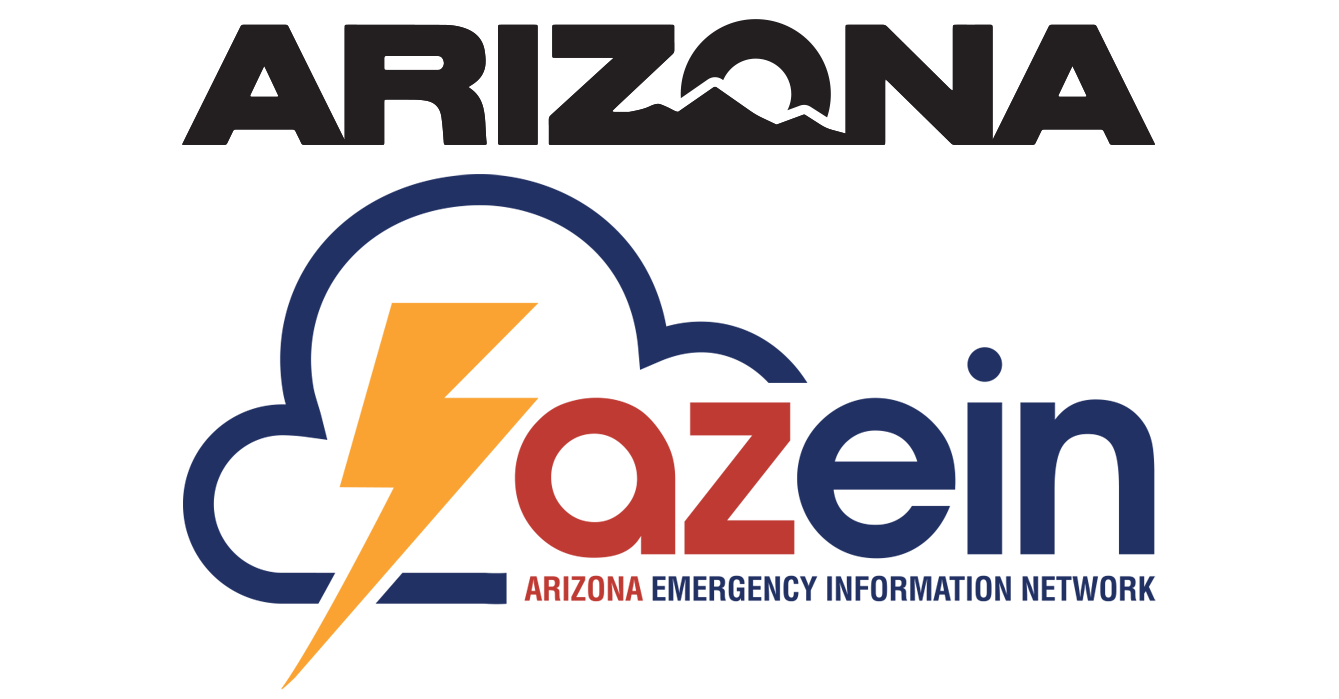Inquire
Awareness is essential to preparedness. The more you know about public health and safety hazards in your community, the better you can prepare for any and all possibilities.
Being informed means contacting your local emergency management office, talking to your employer and your child’s school about their emergency plans, and knowing what television and radio stations to tune to for timely and reliable information.
Sign up for alerts from your county or tribal emergency management office and connect with them on social media. Consider following your local National Weather Service Branch on social media as well. If you use a smart phone, build your “digital go kit” to include emergency information apps such as the Arizona Department of Forestry and Fire Management or your local sheriff’s office.
Local Emergency Information
Make sure you know the kinds of disasters that are most likely to happen where you live and travel. They may be natural or man-made. Learn how your local officials will tell you about an emergency. Research your hazards in your community through the Natural Hazards in Arizona map.
Public safety officials use timely and reliable systems to alert you and your family when a natural or man-made disaster happens. You may hear a special siren, get a telephone call, or emergency workers may knock on your door. Here are the different warning alerts you may receive:
Wireless Emergency Alert (WEA)
- WEAs can be sent by state and local public safety officials, the National Weather Service, the National Center for Missing and Exploited Children, and the President of the United States
- WEAs look like text messages, but are designed to get your attention and alert you with a unique sound and vibration, both repeated twice
- WEAs may be up to 360 characters, and will include the type and time of the alert, any action you should take, as well as the agency issuing the alert
Emergency Alert System (EAS)
- The Emergency Alert System (EAS) is a national public warning system that requires broadcasters, satellite digital audio service and direct broadcast satellite providers, cable television systems, and wireless cable systems to provide the President with a communications capability to address the American people within 10 minutes during a national emergency.
NOAA Weather Radio
- NOAA Weather Radio All Hazards (NWR) is a nationwide network of radio stations broadcasting continuous weather information from the nearest National Weather Service office.
- NWR broadcasts official warnings, watches, forecasts and other hazard information 24 hours a day, 7 days a week.
Be "In the Know" Wherever You Go
Find out about the emergency plans where your family spends time, like work, daycare, school, or favorite travel destinations. Schools, daycares and eldercare providers should have emergency response plans. Parents and guardians of elderly or disabled adults should ask for details about these plans and include the information in your family plan.
If there isn’t a plan, volunteer to help create one. Talk with your neighbors about how you can all work together in an emergency. By thinking ahead, you'll be more prepared to safely reunite your family and loved ones in an emergency.
Resources

